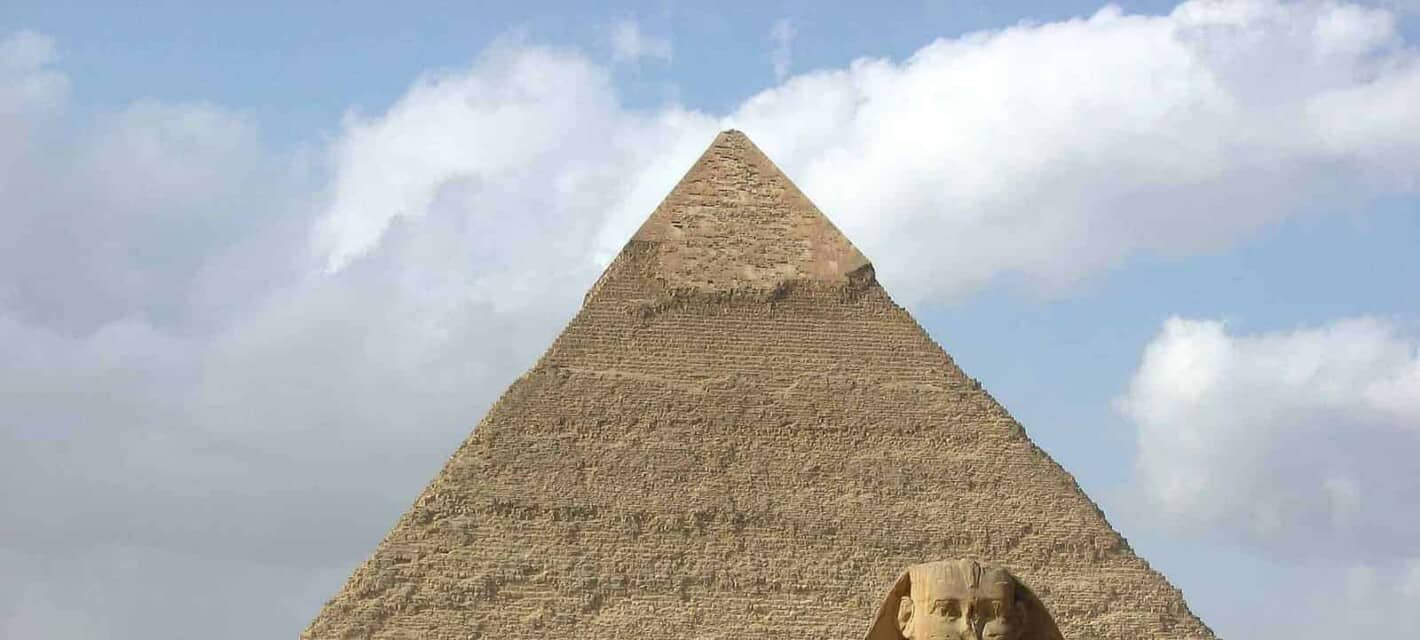Ancient Egypt is believed to have been one of the most peaceful ancient civilizations. There has been human settlement in Egypt since prehistoric times but the first Pharaoh is said to have come to power in the 31st Century BC. It remained an independent country until 332 B.C. when it was conquered by Alexander the Great.
What is remarkable about ancient Egypt is that there are no records of major battles for at least the first 1,500 years after the first Pharaoh. Its inhabitants lived peacefully until the Hyksos people invaded Egypt in the 17th century BC and took control of the north. Over time, the Egyptians would learn a lot about military tactics from the Hyksos and they eventually drove them out of their country.
With this new knowledge at their disposal, the Egyptians set their sights on expansion. This inevitably led to conflict and in this article I will look at 6 important battles in ancient Egyptian history.

1 – Battle of Megiddo – 15th Century BC
The exact date of this battle is not known. Some historians place it at 1482 BC; others have it at 1479 BC while more accounts state it took place in 1457 BC. What we do know is that the ancient Egyptians were attempting to expand their lands and take political control. This led to conflict with a Canaanite coalition. The Canaanites rebelled against the Egyptians and were led by the king of Kadesh.
The Egyptian Pharaoh, Thutmose III, decided to deal with this threat personally. There were three access routes to Megiddo which is where the Canaanites had concentrated their forces. Thutmose ignored the advice of his generals and marched through Aruna. This turned out to be an excellent decision as he arrived after meeting little opposition. It is said that Thutmose had an army of between 10,000 and 20,000 men while the Canaanites had approximately 10,000-15,000 men.
Thutmose ensured his army moved closer to the enemy at night and they attacked in the morning. Ancient sources don’t tell us whether or not the king of Kadesh was ready for the attack. In any case, the Egyptians enjoyed quick success as Thutmose himself led the charge through the center with his army spread into three sections. They overwhelmed their opponents and the Canaanite line collapsed almost immediately.
The Egyptians plundered the enemy’s camp and took hundreds of suits of armor and over 900 chariots. However, the Canaanite forces were able to retreat and the kings of Kadesh and Megiddo managed to flee into the city of Megiddo where they remained safe from immediate capture. This led to the Siege of Megiddo which lasted for approximately seven months. Ultimately, Thutmose managed to break down the resistance of the defenders. In victory, he spared the lives of the king of Kadesh and those who survived the siege.
The battle and subsequent siege created the foundations for two decades of Egyptian expansion. During the reign of Thutmose III, the Egyptian Empire reached its greater ever expanse.

